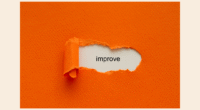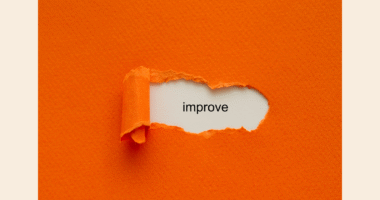In today’s competitive manufacturing landscape, businesses need strategies to enhance efficiency, reduce waste, and maintain high-quality standards. Kaizen, the Japanese philosophy of continuous improvement, provides a practical framework to achieve these goals. By focusing on small, incremental improvements, manufacturers can transform their processes, boost productivity, and create a culture of operational excellence.
Understanding Kaizen in Manufacturing
Kaizen is more than a methodology—it is a mindset that drives continuous improvement. It emphasizes ongoing enhancements across all aspects of the manufacturing process, engaging employees at every level to identify inefficiencies and implement practical solutions. By embracing Kaizen, manufacturers can achieve long-term operational benefits without large capital investments.
Core Principles of Kaizen:
-
Continuous Improvement: Regular, incremental adjustments lead to significant cumulative gains.
-
Employee Engagement: Staff participation in problem-solving fosters innovation and ownership.
-
Waste Elimination: Focus on reducing non-value-added activities such as overproduction, excess inventory, and unnecessary motion.
-
Standardization: Documenting and maintaining improvements ensures consistency and sustainability.
How Kaizen Transforms Manufacturing Processes
1. Streamlining Workflows
Kaizen enables manufacturers to analyze and optimize production workflows. By identifying bottlenecks, reducing unnecessary steps, and improving task coordination, manufacturers can enhance efficiency and reduce cycle times.
2. Reducing Operational Costs
Waste reduction is a cornerstone of Kaizen. By eliminating excess materials, minimizing machine downtime, and optimizing labor, manufacturers can lower costs while maintaining high-quality output.
3. Enhancing Product Quality
Continuous improvement ensures that quality is built into every stage of production. Kaizen helps detect defects early, reduces errors, and improves consistency, resulting in higher customer satisfaction and fewer returns or rework.
4. Boosting Employee Engagement
Kaizen encourages employees to participate in identifying problems and suggesting improvements. Engaged employees are more motivated, innovative, and invested in achieving operational goals, creating a proactive and solution-oriented work environment.
5. Promoting Agility and Innovation
Modern manufacturing requires flexibility to adapt to changing market demands. Kaizen fosters a culture of continuous learning, enabling organizations to implement improvements quickly, adopt new technologies, and remain competitive.
Implementing Kaizen Today
To implement Kaizen effectively, manufacturers should start by assessing current processes, forming cross-functional improvement teams, setting measurable goals, and adopting tools such as 5S, PDCA cycles, and value stream mapping. Leadership support, employee involvement, and ongoing monitoring are crucial to sustaining improvements.
By adopting Kaizen, manufacturers can transform their processes, enhance efficiency, reduce waste, and foster a culture of continuous improvement. The philosophy empowers organizations to achieve operational excellence, higher productivity, and sustainable growth in a competitive industry.









